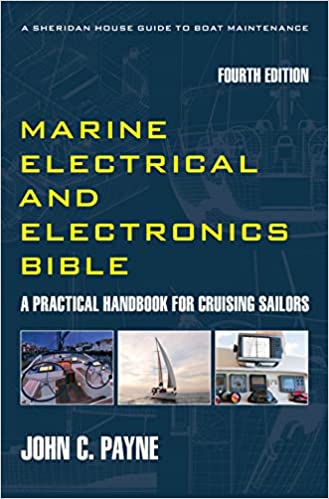42 Volt Boat Battery System
The 42 volt boat battery system just didn’t happen. A new voltage standard was defined for automotive vehicle systems back in around 2002, and the first vehicles appeared using the new standard system. The system used a 36 volt electrical system with 42 volt charging. There was quite a bit of hype around various yachting and boating circles, and most of it was a bit uninformed and confusing to boaters. It did however hold great promise for a revolution afloat as well. The focus when the 42 volt boat battery system evolved was all about delivering more power to a vehicle and now the main criteria is emission reduction and fuel economy.
The 42-volt automotive electrical system was a bold but short-lived attempt to modernize vehicle power delivery.
Introduced in the late 1990s, the 42V system was designed to meet the growing electrical demands of luxury vehicles, which increasingly relied on power-hungry features like electric steering, heated seats, infotainment systems, and advanced safety electronics. By tripling the voltage of traditional 14V systems, engineers could reduce wire gauge, improve efficiency, and support higher-power components without exceeding the 50V safety threshold for electric shock.
42 Volt Boat Battery System
The big advantages of the 36 and 42 volt boat battery systems are similar to those with 24 and 32 volt systems. This meant cable sizes can be further reduced along with equipment sizes, and voltage drop problems can also be also further reduced. The disadvantages of a 42 volt boat battery system were considerable in that no equipment was available, and the system architecture and principles are based on an entirely different philosophy to that required on a boat. The design philosophy of the automotive system is based on the use of starting the engine and then a higher running voltage for ignition and auxiliaries and not for a static battery based supply system as we have afloat. For more answers and advice check out the Marine Electrical and Electronics Bible.
Despite initial enthusiasm—especially from Daimler-Benz and an MIT-led consortium—the system never gained widespread adoption. Challenges included the cost of redesigning components, lack of industry-wide standardization, and the emergence of hybrid and electric vehicles with even higher voltage architectures. By the mid-2000s, the 42V initiative had largely faded, replaced by 12V/48V dual systems and full high-voltage EV platforms.
Marine Electrical Electronics Bible42 Volt Boat Battery System
Although a motor vessel will run and power up straight off the alternators while under way, when the math is completed most time is spent alongside or moored using battery power or hooked up to marina shore power. In the case of sailing vessels they have long continuous power discharges and then require battery recharging, same with some larger motor boast who are off on a cruise. Two entirely different requirements and both different to an automotive one. The system philosophy is that the engine is started on 36 volts, and then the generated 42 volt boat battery voltage supplies all loads off the alternator while the vehicle is running. On a boat it is to recharge depleted battery banks. Sadly, technology has overtaken this development and the 42 volt boat battery system has more or less expired. New efficiencies have evolved, digital controls and so on have made the plan not feasible. So much has been changed to electrical power, from power steering and air conditioning.
42 Volt Boat Battery System
The 42 volt boat battery proposals included high output water cooled alternators and they would power everything from heating and air conditioning steering and braking as well electric powered oil and water pumps. All of these things could reduce weight of a vehicle and meet emissions regulations. Forecast weight reductions in wiring were around 66% but even the wire sizes had limitations. For commercial boats there are minimum allowable cable sizes for both power and instrument cables and this will apply to boats using 42 volt boat battery system. Typically cable sizes would in practice reduce by an average 25-35%. The advantages that would be obtained in vehicles would not have translated into boat systems the same way and therefore the automotive changes must be seen in context and practicality. While some weight savings would be made over 12 volt systems, the disadvantages along with economics would have been key factors in selecting it. If 24 volts has failed to make a real impact in the leisure boating industry it is hard to see how a 42 volt boat battery system would have done so at least in terms of present systems architecture and philosophy.
Today, the 42V system is remembered as a transitional concept—technically sound but commercially premature. It highlighted the need for scalable power solutions and paved the way for modern 48V mild hybrid systems. While it never became mainstream, its legacy lives on in the evolution of automotive electrification
But the story is not over and enter the bigger brother, 48 volt boat battery power systems. The 42 volt Battery for boats and all about boat electrics.
